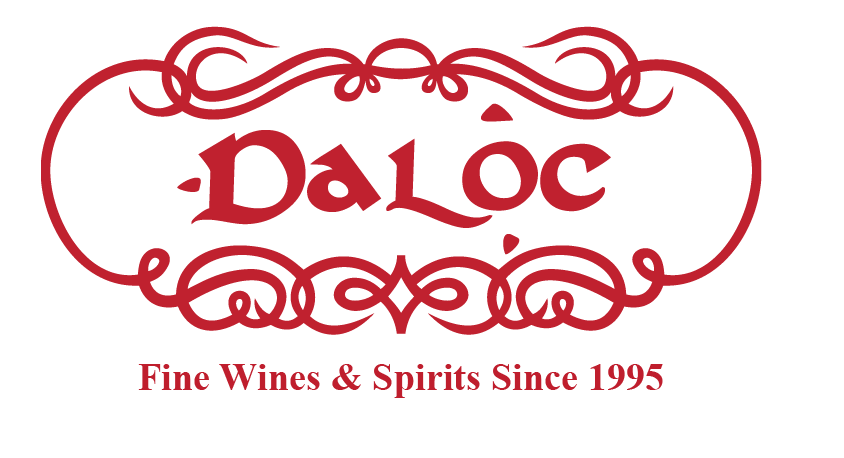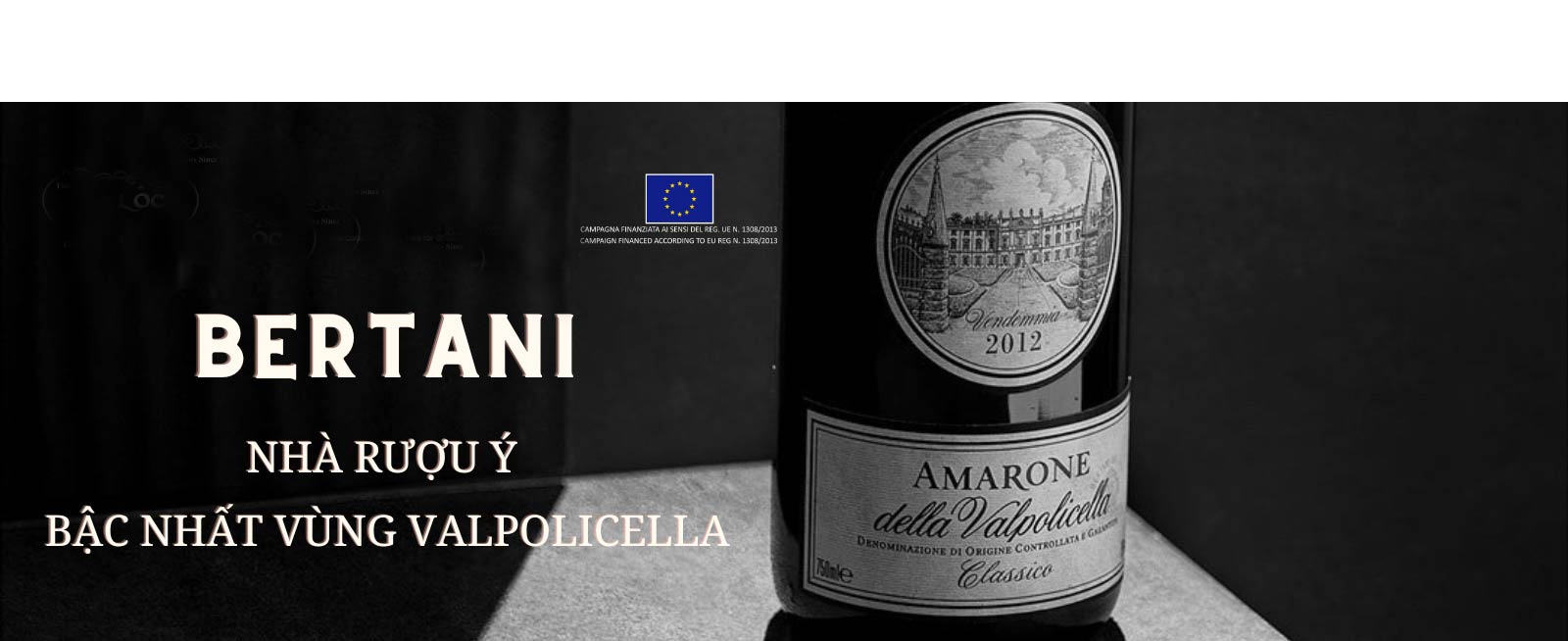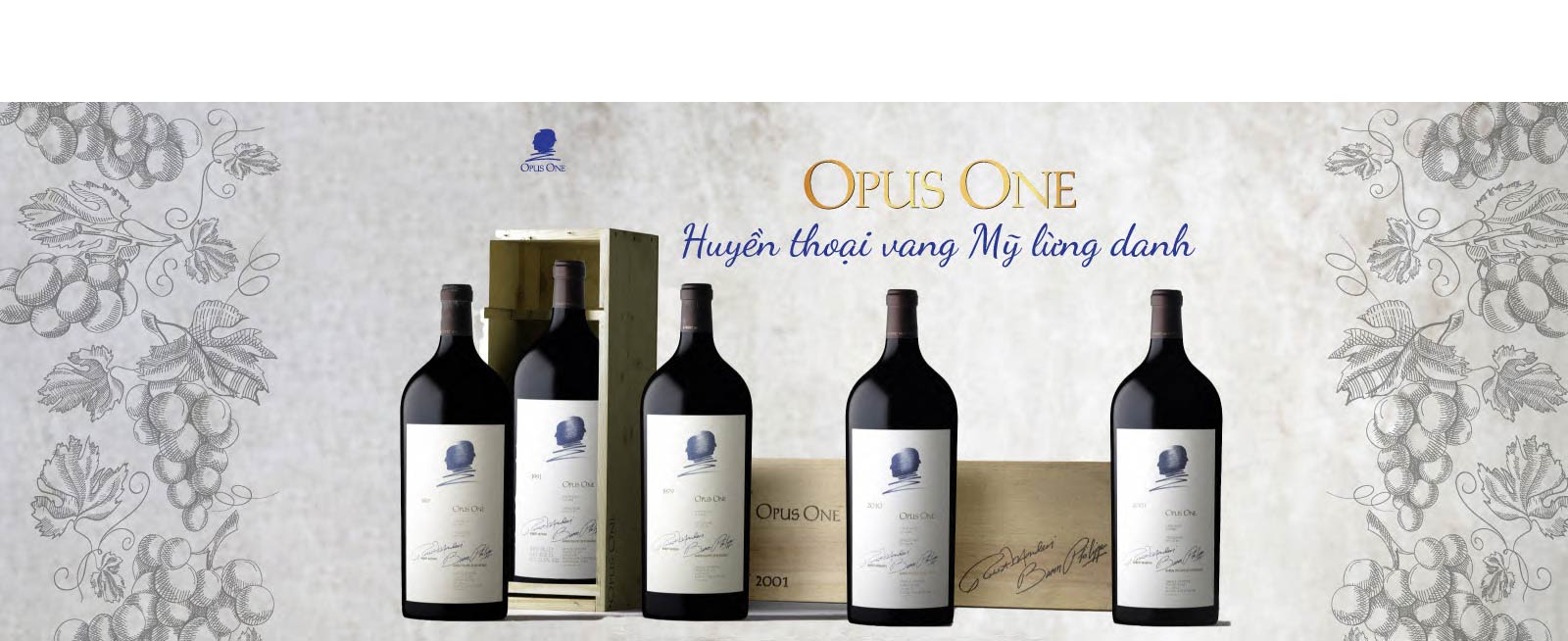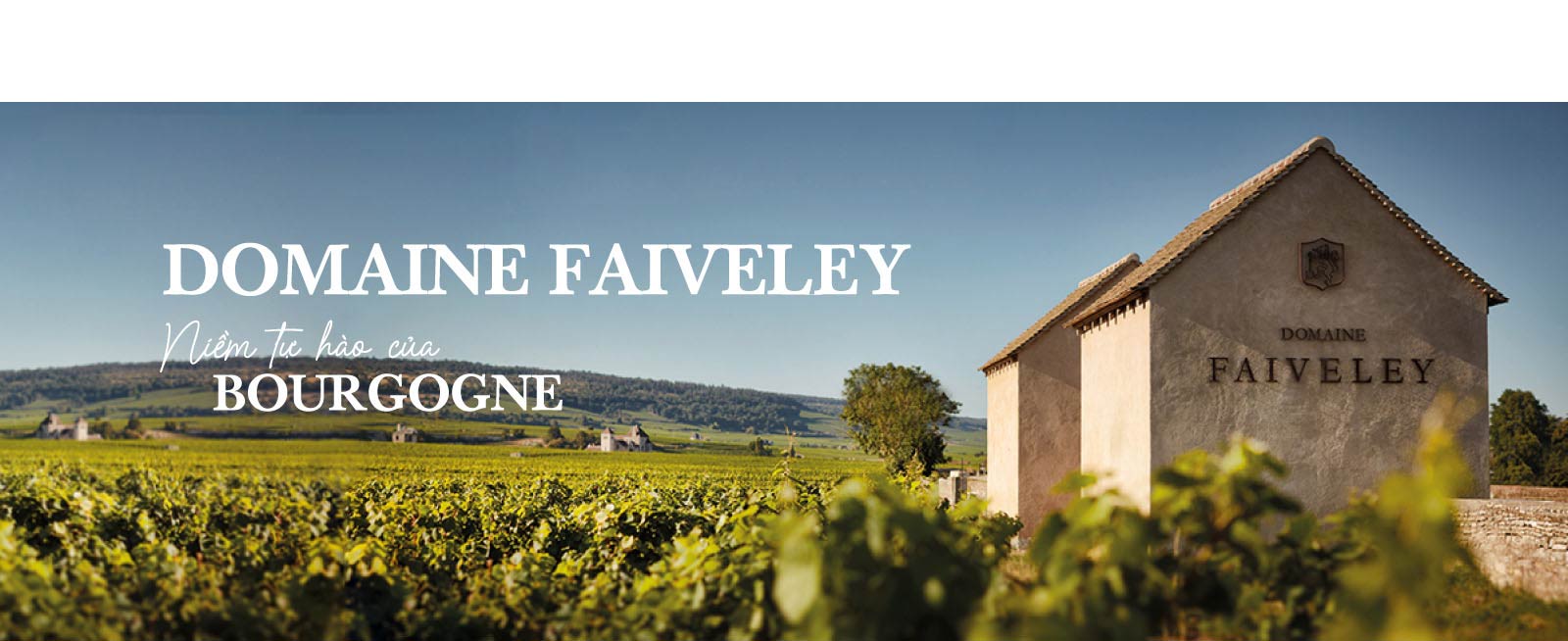Đăng nhập
Cái duyên tình cờ đến với rượu vang
Sinh ra ở miền Bắc nước Ý, Mariano Buglioni chưa bao giờ có ước mơ trở thành Winemaker (Chuyên gia làm rượu). Khi còn trẻ, anh làm việc cho Công ty may của gia đình, chuyên sản xuất quần áo thể thao, với 50 cửa hàng ở Ý.
Sau đó, vào năm 1993, Cha anh đã mua lại một nông trại ở Valpolicella Classico, ước mơ mà Ông đã từng ấp ủ. Nông trại có 10 mẫu vườn nho trồng Corvina, Corvinone, Molinara và Rondinella - những giống nho được sử dụng để làm rượu vang Valpolicella và Amarone.
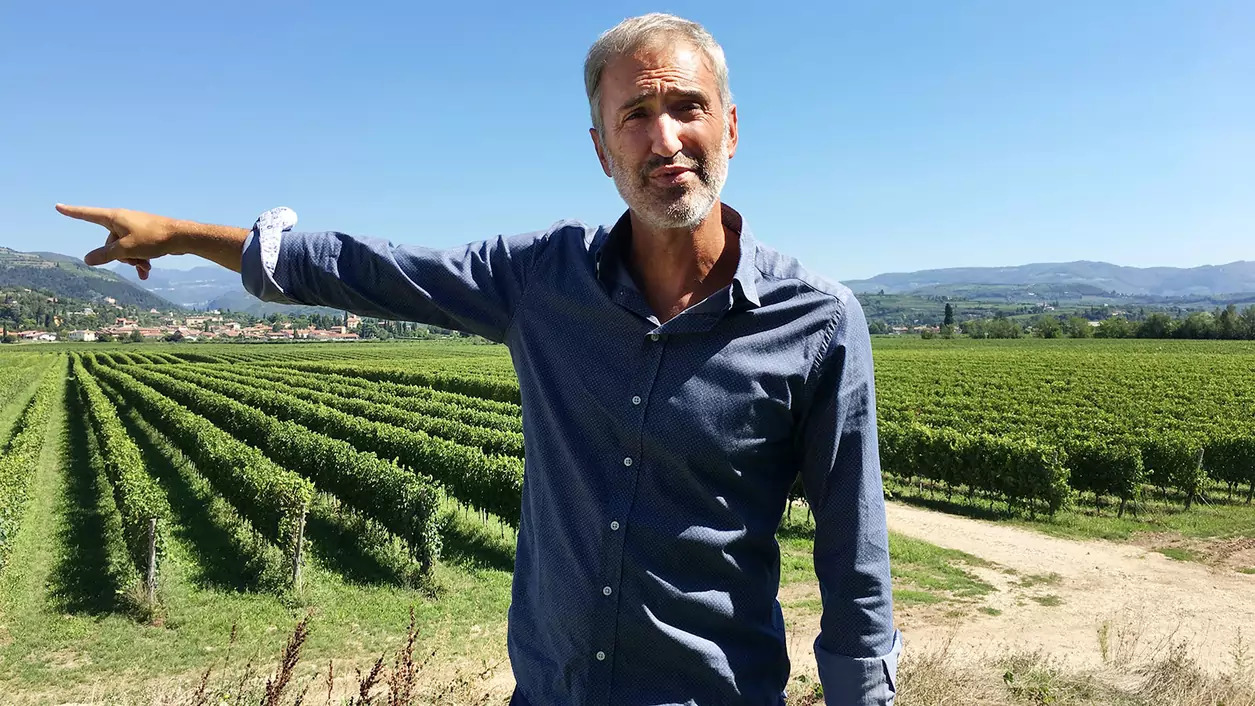
Lúc đó, Buglioni 22 tuổi và Cha của anh chưa biết sẽ làm gì với nho thu hoạch được năm đó. 15 năm trước, rượu vang Amarone còn chưa nổi tiếng thì nho ở vùng này rất nhiều và giá thì rẻ.
Vì vậy, Buglioni đã đưa ra lời đề nghị với những nhà làm rượu lớn như Tommasi, Allegrini, Masi và Speri. Buglioni nhớ lại: “Tất cả họ đều nói chúng tôi không muốn mua thêm nho nữa đâu” và chúng tôi đáp lại: “Chúng tôi không cần tiền. Chúng tôi cho không!”.
Họ nói “Ok. Chúng tôi sẽ nhận, nhưng các anh phải mang đến đây.”
Sau đó, gia đình Buglioni đã sử dụng những công nhân xưởng may để thu hoạch nho. Tuy nhiên, họ chẳng biết thu hoạch nho như thế nào cả. Vậy là họ quay lại các nhà rượu kia để hỏi: “Làm thế nào để cắt nho? Dùng loại kéo nào để cắt?”.
7 năm sau, họ vẫn tiếp tục thuê nông dân để chăm sóc vườn nho và vẫn tiếp tục cho không nho.
Đến năm 2000, Mariano và cha của anh ấy đã quyết tâm phải tự làm ra rượu vang của chính mình. Họ đã nhờ tư vấn của Chuyên gia làm rượu là Celestino Gaspari để xây hầm rượu và hướng dẫn sản xuất 1000 thùng vang niên vụ đầu tiên. Bắt đầu năm 2001, họ tuyển thêm những người có chuyên môn về nông nghiệp rượu vang để đảm nhiệm việc sản xuất.
Năm 2004, Mariano mang đi chào bán Amarone mẻ đầu tiên và các loại vang khác.
“Tôi gõ cửa từng nhà buôn rượu và họ đều trả lời một câu giống nhau: Đây chỉ là thú vui của anh. Tại sao chúng tôi phải để tâm đến một nhà rượu không biết có tồn tại nổi trong vòng 3 năm nữa?”
Buglioni nhận ra rằng mình là một tay mới vào nghề, để mọi người biết đến thì anh ấy phải làm điều gì đó rất khác biệt. Chính vì vậy, vào tháng 1 năm 2015 anh ấy đã chuyển đổi một cửa hàng bán quần áo của gia đình nằm vị trí đặc địa ở trung tâm thành phố Verona thành một quán bar.
Quán bar Osteria del Bugiardo được trang trí đồ nội thất từ thùng gỗ sồi ấn tượng và rượu vang được phục vụ với những miếng thịt nguội, phô mát và mì pasta đã nhanh chóng được những người yêu rượu vang trong vùng và khách du lịch yêu thích.
Bugiardo có nghĩa là “Kẻ nói dối”, cái tên được truyền cảm hứng từ một Sommelier (Chuyên gia rượu vang) khi thử những loại rượu vang đầu tiên của Buglioni. Khi Sommelier này thử loại rượu Ripasso của họ được làm từ rượu Valpolicella được ủ cùng bã của Amarone, anh ấy đã nhầm nó là Amarone (loại vang cao cấp và đắt tiền hơn Ripasso). Sommelier này khẳng định là nếu đây không phải là Amarone thì đó là “Loại rượu nói dối”. Lời nhận xét đó đã khiến Buglioni nảy ra ý tưởng cho tên loại rượu đó và tên của quán bar.
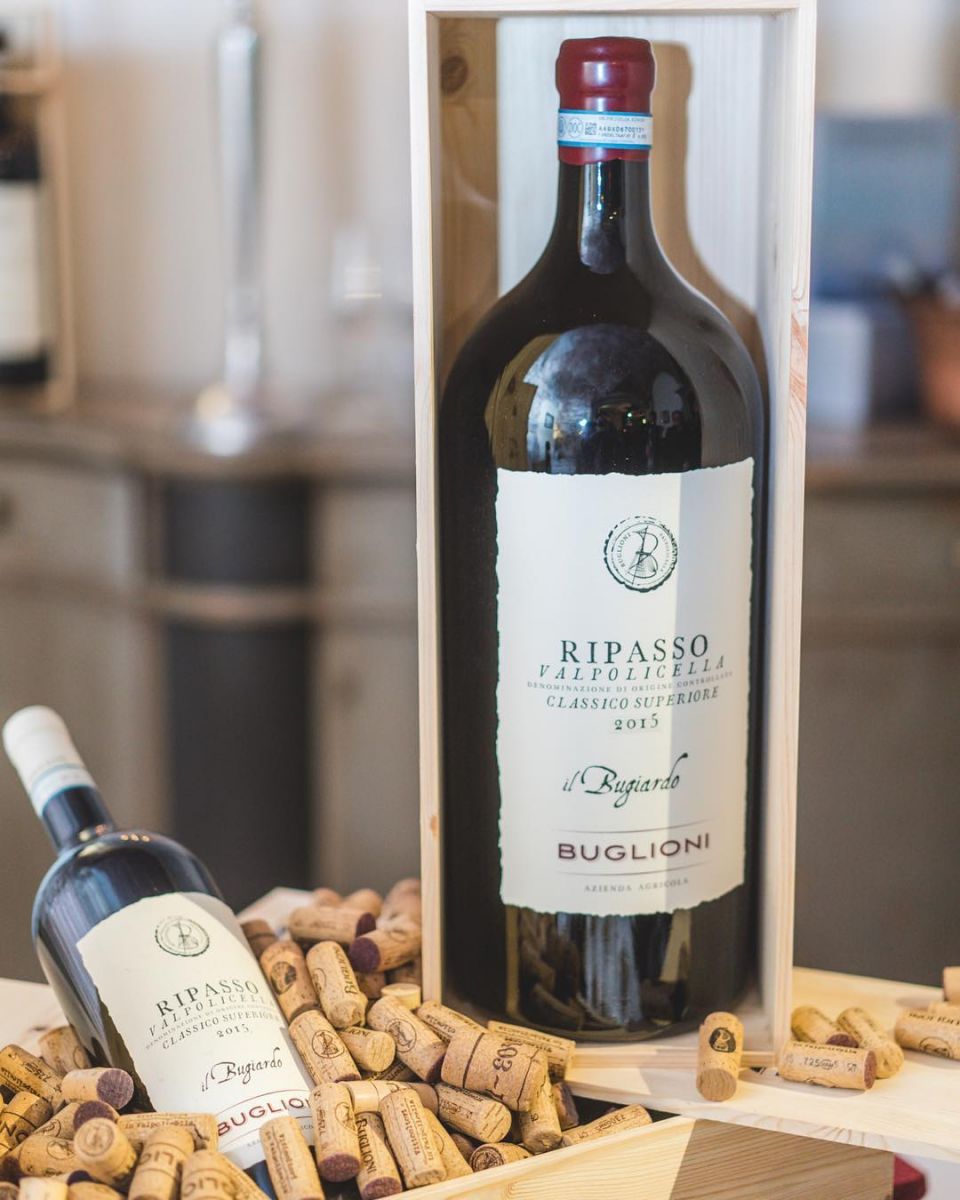
Trong vòng mấy tháng sau, những nhà buôn rượu trước đây từng từ chối Buglioni đã đến quán bar này để chủ động bàn bạc việc kinh doanh với họ. “Họ nói là: Ok. Giờ thì các anh không đùa.”
11 năm sau, câu chuyện của gia đình Buglioni đã trở thành một câu chuyện truyền cảm hứng về thành công trong ngành rượu vang, và gia đình này đã bỏ nghề thời trang để tập trung cho nghề làm rượu.
Họ đã mua thêm diện tích vườn nho lên gần 120 mẫu ở Valpolicella Classico, bắt đầu canh tác theo phương pháp organic và xây nhà máy mới.
Mặc dù đến bây giờ, một nửa số nho họ vẫn bán cho những nhà rượu lớn, nửa còn lại Buglioni sản xuất ra với tên của mình, khoảng 21,000 thùng một năm cho Châu Âu, Mỹ và Châu Á. Hơn 5000 thùng được tiêu thụ ở 3 nơi bao gồm quán bar Osteria del Bugiardo, nhà hàng cao cấp Locanda del Bugiardo, và khu vực San Pietro ở Cariano.
Buglioni sản xuất đa dạng các loại vang nhưng vang đỏ vẫn là nổi bật nhất. Từ niên vụ 2007 đến 2011, Buglioni đã đưa ra thị trường 6 loại vang đạt trên 90 điểm của tạp chí Wine Spectator: 3 loại vang Amarone, 2 loại vang ngọt Recioto và 1 loại vang Ripasso.
Nhìn lại chặng đường đã trải qua, Mariano Buglioni thổ lộ rằng được sống trong thế giới rượu vang và nhà hàng phù hợp với ông ấy hơn là thế giới thời trang phù du.
“Trong thế giới thời trang, mỗi tuần luôn có gì đó phải thay đổi, có thể là màu sắc, kiểu dáng. Thậm chí cho dù bạn là một người rất nhanh, bạn cũng không đủ nhanh với sự thay đổi. Đối với tôi, rượu vang chính là niềm đam mê. Bạn phải hiểu được thiên nhiên và rồi bạn có được tất cả mọi thứ.”
Các loại rượu vang đặc sắc của Buglioni đã có mặt tại tất cả các cửa hàng của Đa Lộc trên toàn quốc. Hãy liên hệ với Đa Lộc để được trải nghiệm và phục vụ nhé
Nguồn: Wine Spectator
https://www.winespectator.com/articles/robert-camuto-visits-buglioni-valpolicella
Biên dịch: Phương Nam
Bình luận
Tin tức mới Xem tất cả
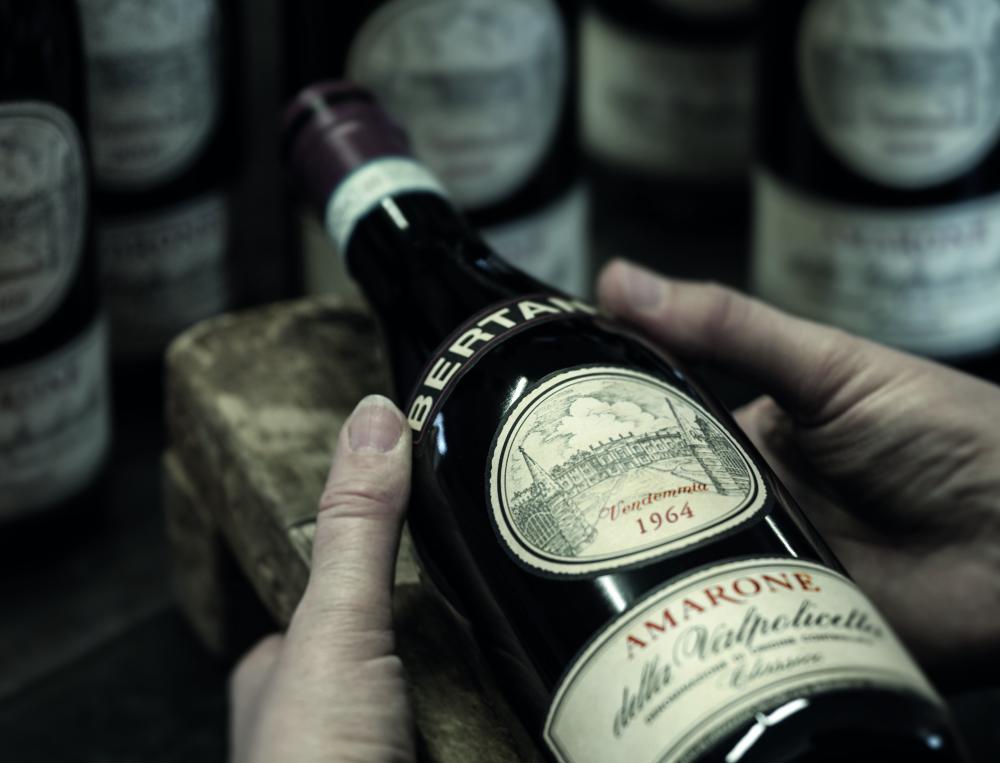
10 bí mật đằng sau đằng sau loại rượu vang tinh túy của nước Ý - Amarone
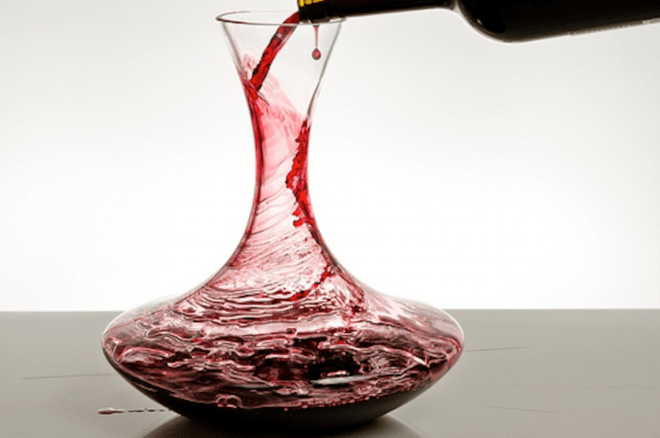
Có phải loại rượu vang nào cũng cần phải Decanting?
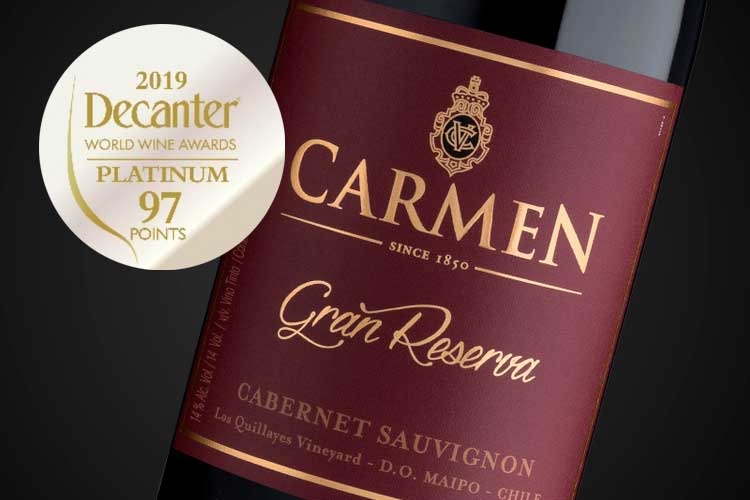
Viña Carmen - Nhà rượu tiên phong của Chile và giá trị vượt thời gian
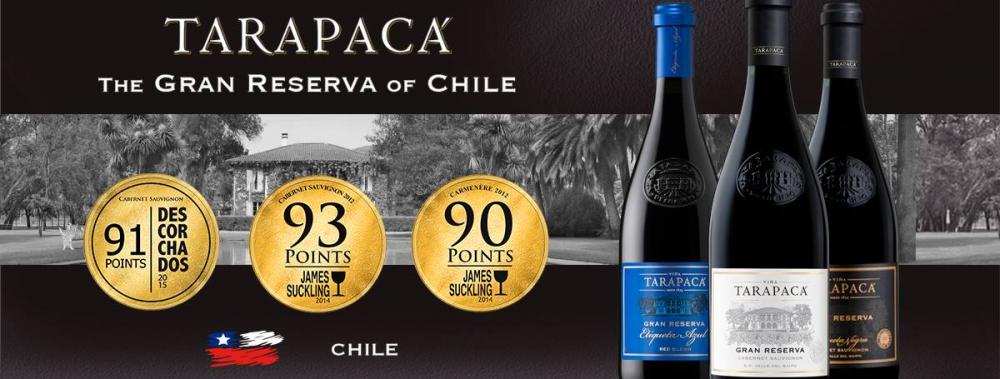
TACAPACA – GIÁ TRỊ TRUYỀN THỐNG VÀ LỊCH SỬ CỦA CHILE
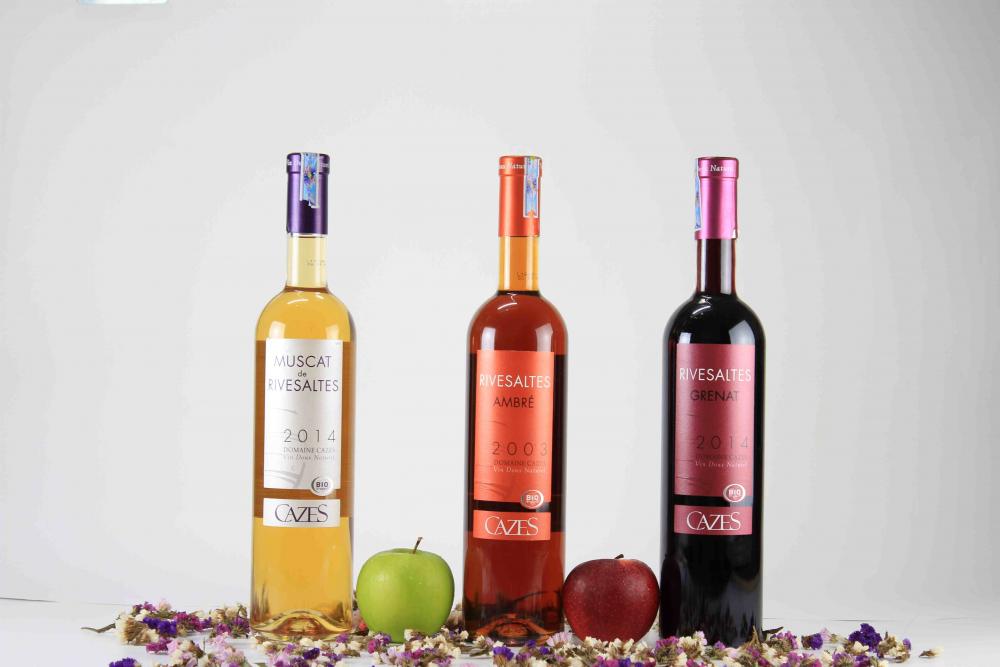
Rượu vang organic có đang là xu hướng của thế giới?

Những món quà rượu vang độc đáo cho dịp Tết 2018
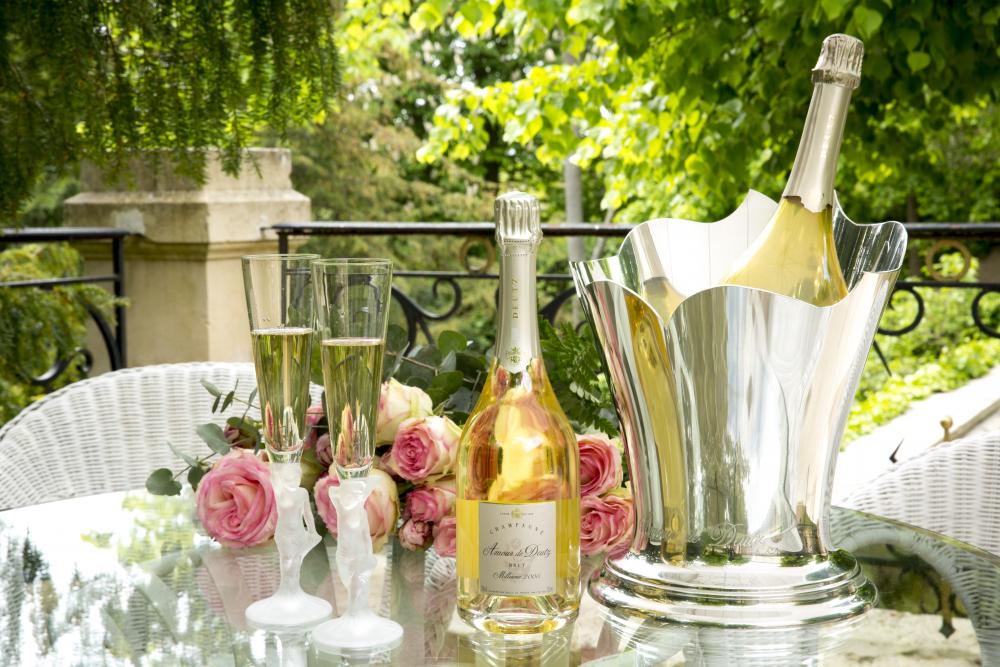
TẠI SAO CHAMPAGNE LẠI ĐẮT ĐỎ ĐẾN VẬY
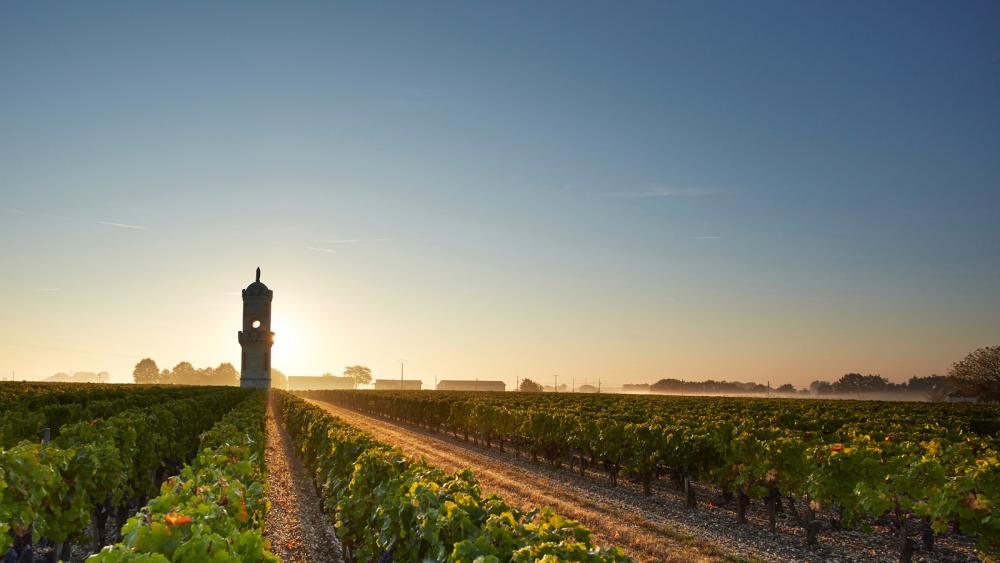
Rượu vang Bordeaux – Chuẩn mực của sự so sánh
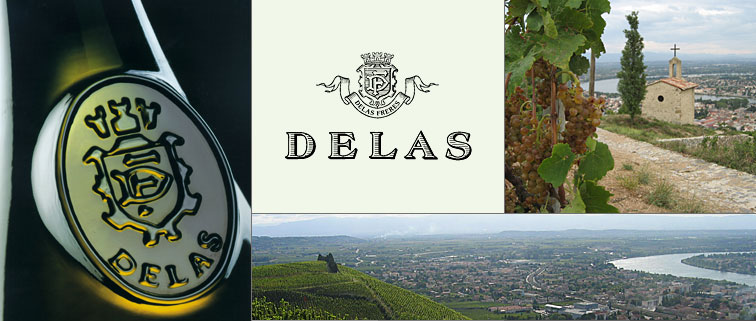
Delas – Rhone Valley xứ sở của Syrah
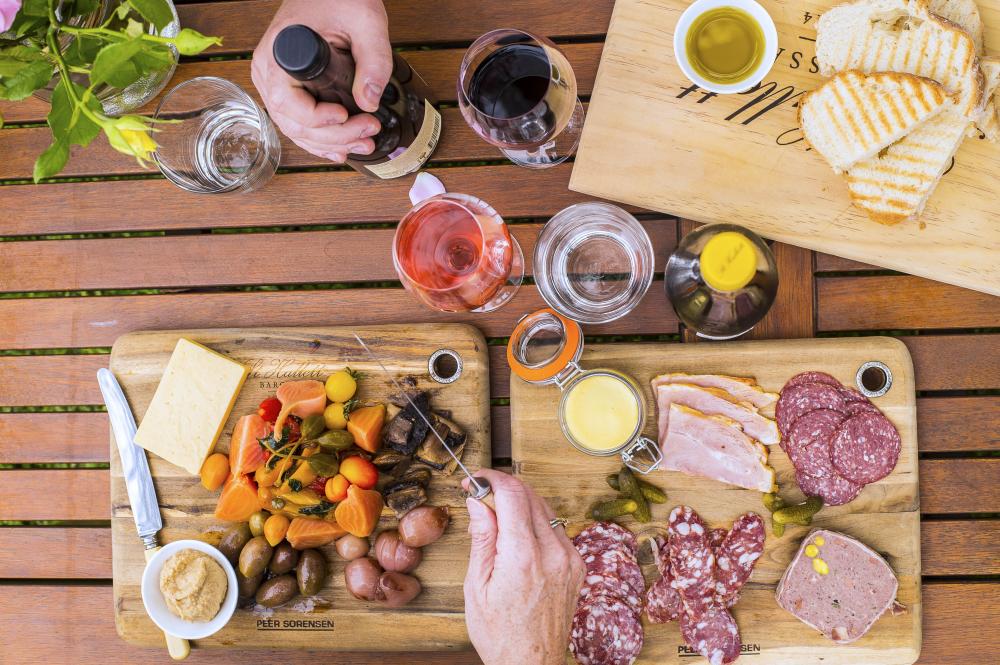
Sự kết hợp tuyệt vời giữa Rượu vang và Ẩm thực Việt

Gợi ý quà tặng rượu vang ý nghĩa cho dịp Tết

Thú chơi Rươu vang (Phần 1)
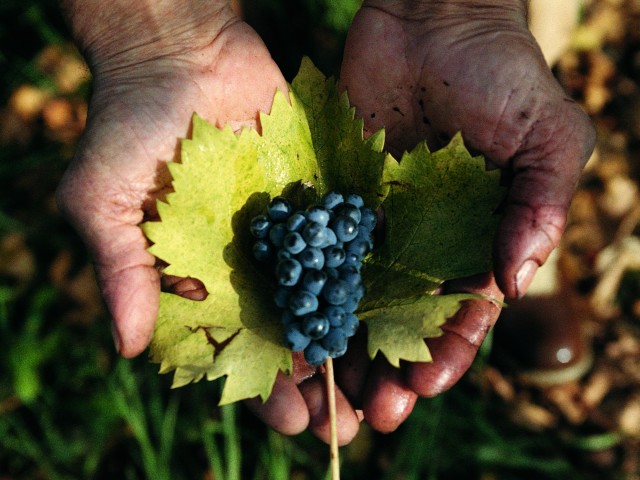
Các giống nho (Phần 1)
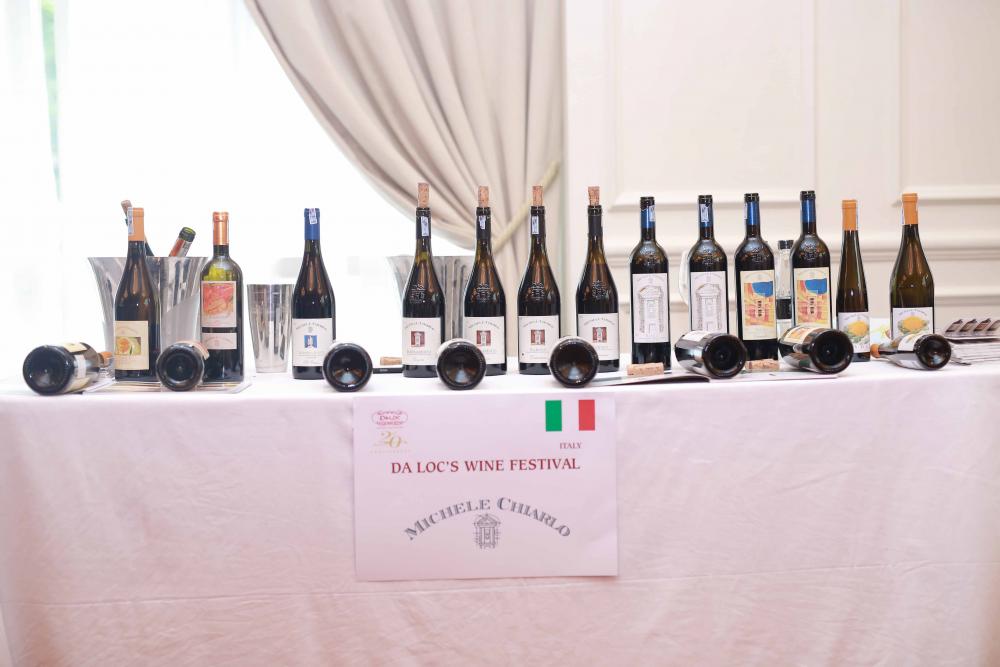
Rượu vang và nồng độ cồn
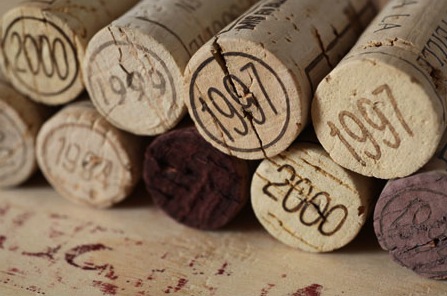
Rượu vang và Vintage

